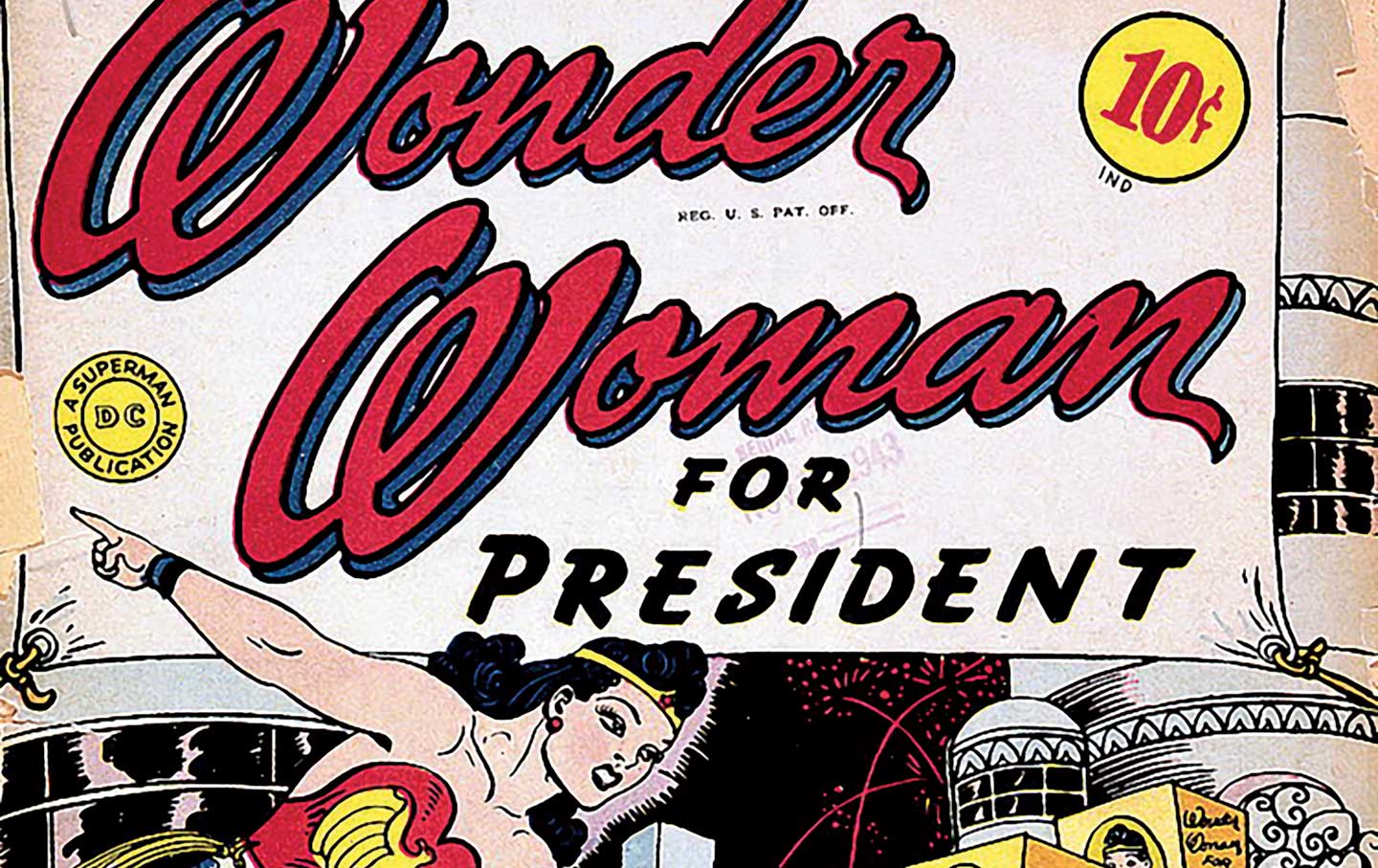via OUP Blog by Alun Salt
Alfred, Lord Tennyson once said “In the spring a young man’s fancy lightly turns to thoughts of love”, but he could have said the same for insects too. Male insects will be following the scent of females, looking for a partner, but not every female is what she seems to be.
Continue reading
================================================
The Nightcap: 1955
via Shorpy Historical Photo Archive – Vintage Fine Art Prints by Dave
August 1955
“Actress Marilyn Monroe in bed”
Color transparency from photos by Milton Greene for the Look magazine assignment The New Marilyn Monroe
Library of Congress Prints & Photographs Collection
View original post
================================================
The mysterious machine behind the Hardy Boys and Nancy Drew
via Boing Boing by David Pescovitz

At The Atlantic, Daniel Gross looks at the factory behind 85 years of Hardy Boys and Nancy Drew books and the assembly line represented by the authors on the iconic covers, Franklin W. Dixon and Carolyn Keene, who never existed at all.
Continue reading
================================================
Ten facts about economic gender inequality
via OUP Blog by Paola Profeta
Gender is a central concept in modern societies. The promotion of gender equality and women’s empowerment is key for policymakers, and it is receiving a growing attention in business agendas. However, gender gaps are still a wide phenomenon. While gender gaps in education and health have been decreasing remarkably over time and their differences across countries have been narrowing, gender gaps in the labour market and in politics are more persistent and still vary largely across countries.
Continue reading
================================================
The Caveman’s Home Was Not a Cave
via 3 Quarks Daily: Jude Isabella at Nautilus
It was the 18th-century scientist Carolus Linnaeus that laid the foundations for modern biological taxonomy. It was also Linnaeus who argued for the existence of Homo troglodytes, a primitive people said to inhabit the caves of an Indonesian archipelago.
Although troglodyte1 has since been proven to be an invalid taxon, archaeological doctrine continued to describe our ancestors as cavemen. The idea fits with a particular narrative of human evolution, one that describes a steady march from the primitive to the complex: Humans descended from the trees, stumbled about the land, made homes in caves, and finally found glory in high-rises. In this narrative, progress includes living inside confined physical spaces. This thinking was especially prevalent in Western Europe, where caves yielded so much in the way of art and artifacts that archaeologists became convinced that a cave was also a home, in the modern sense of the word.
Continue reading
================================================
Study suggests more gender equality in pre-agricultural age
via Boing Boing by Caroline Siede

A new study from University College London argues that gender equality may have been the norm in the earliest days of human society.
“There is still this wider perception that hunter-gatherers are more macho or male-dominated,” says Mark Dyble, the anthropologist who led the study. “We’d argue it was only with the emergence of agriculture, when people could start to accumulate resources, that inequality emerged.”
Continue reading
================================================
Like Humans, Birds Are Smart Shoppers
via Big Think by Dustin Petzold

If you've ever been described as "birdbrained," don't feel bad; it's not as much of an insult as you might think. A study out of Seoul National University revealed that some birds have mastered a surprising trick that helps them make the most of their trips to the feeder. The birds in the study demonstrated the ability to distinguish heavier peanuts from lighter ones, even when the peanuts were still in the shell.
Continue reading
================================================
End of the World Literature – Post-Apocalyptic Fiction
via Abe Books by Richard Davies

Things can always be worse and you can rely on novelists to put that phrase into cold, hard words on the page. Noah’s ark and the flood that wiped Earth clean of wicked mankind is an early example of post-apocalyptic writing but the modern genre of end of the world literature can be traced back two centuries to Mary Shelley’s The Last Man published in 1826.
Even though Shelley, famous for Frankenstein, and a few other writers were able to imagine doomsday scenarios in Victorian times, the genre blossomed - if that’s the right word and it probably isn’t - after World War II. The atomic bombing of Hiroshima and Nagasaki showed humanity had the tools for global self-destruction. The 1950s was a decade where the end of world could be found on the end of our bookshelves.
Continue reading
================================================
The Not-So-Feminist History of Wonder Woman
The superheroine’s polygamous creator exploited the love and labor of the women who were his inspiration.
via Arts & Letters Daily: Emily Greenhouse in The Nation

When Stephen Gaskin passed away last July [2014], his local paper eulogized him as a “tie-dye-clad hippie philosopher, a proud ‘freethinker’” with “crystalline blue eyes.” Those of my generation who are familiar with Gaskin know him as the founder of the Farm, the 44-year-old intentional community in Summertown, Tennessee, where Gaskin’s wife, Ina May, started a movement of authentic midwifery and female body-empowerment. The Farm has 180 residents today – in the early 1970s, between 200 and 300 people traveled to Summertown in a caravan of painted school buses to create it – and maintains a focus on green community. Beyond its Ecovillage Training Center, the collective’s furthest-reaching project is a “woman-centered” approach to childbirth. Last year, a doula in Santa Cruz who runs the blog Yogini Momma posted a TEDx Talk by Ina May and praised her as midwifery’s “grandmother guru”.
Continue reading
================================================
When the oil runs out, what do we do with all the tankers?
via Boing Boing: Adele Peters in Co Exist

In a future world without oil, we’d end up with thousands of unusable massive oil tankers, some as long as 40-story buildings. Instead of sending them to scrapyards, a team of architects wants to turn them into floating neighborhoods.
The supply of ships isn’t hypothetical: Every year, as old tankers wear out, they’re already being scrapped. Most end up in shipyards in places like India and Bangladesh, where workers are paid a few rupees a day to attack steel hulls with blowtorches. It’s dangerous – hundreds of workers have died from falling steel or explosions over the last decade in India alone – and the ships themselves are considered toxic waste. But by giving the hulls new value in development, the architects hope to change the disposal process.
Continue reading
No comments:
Post a Comment